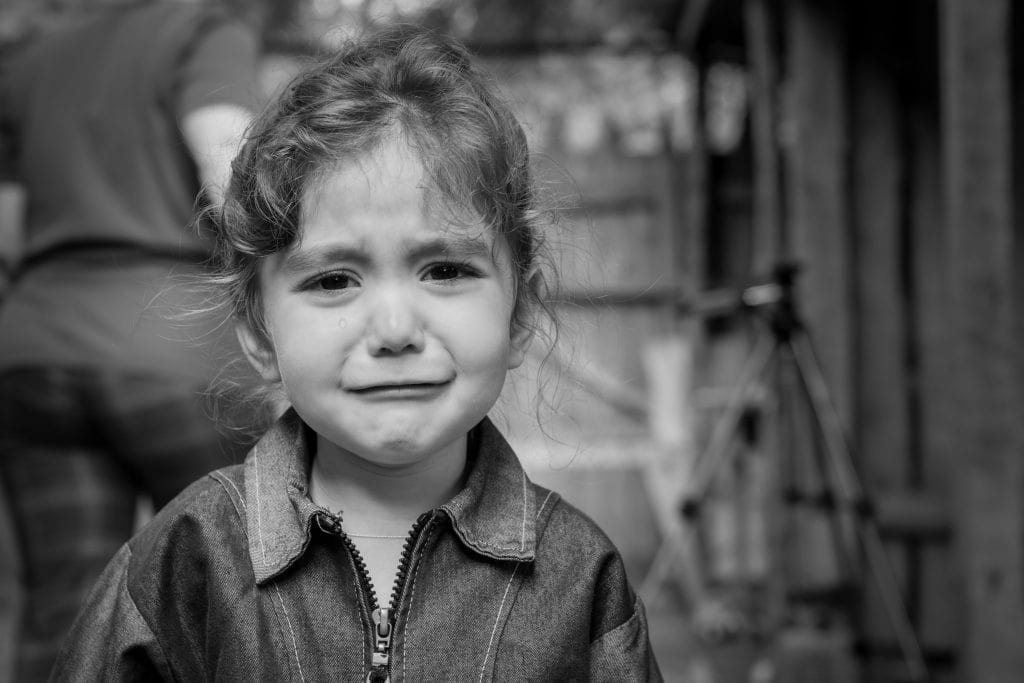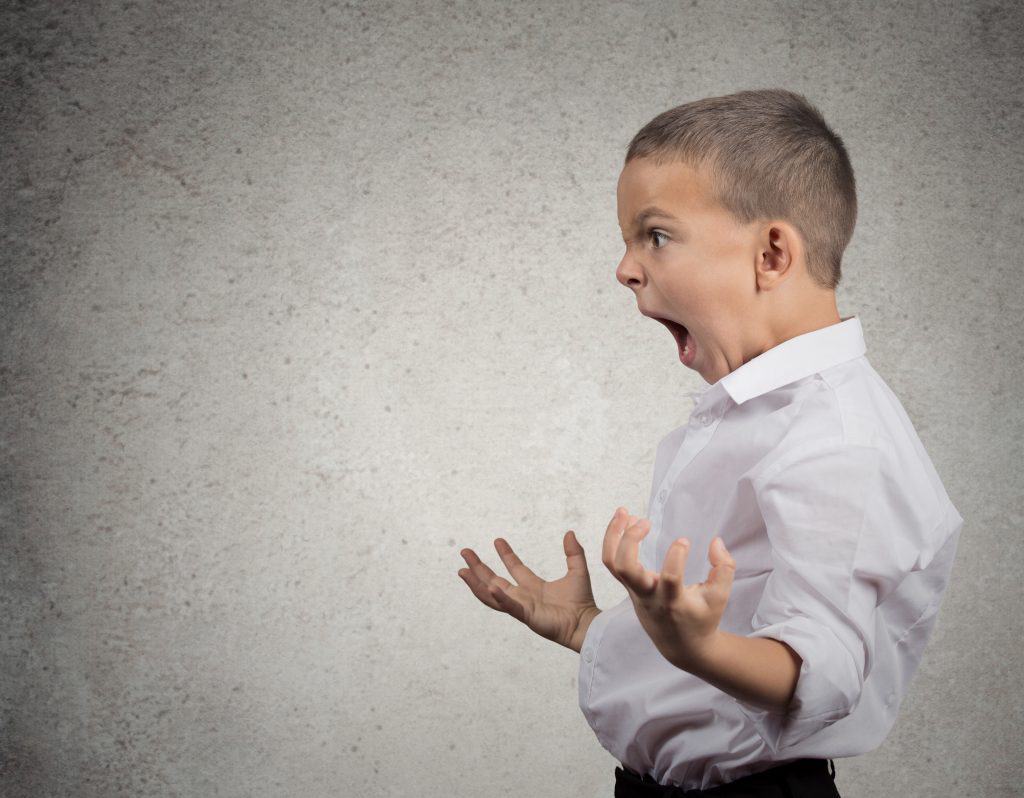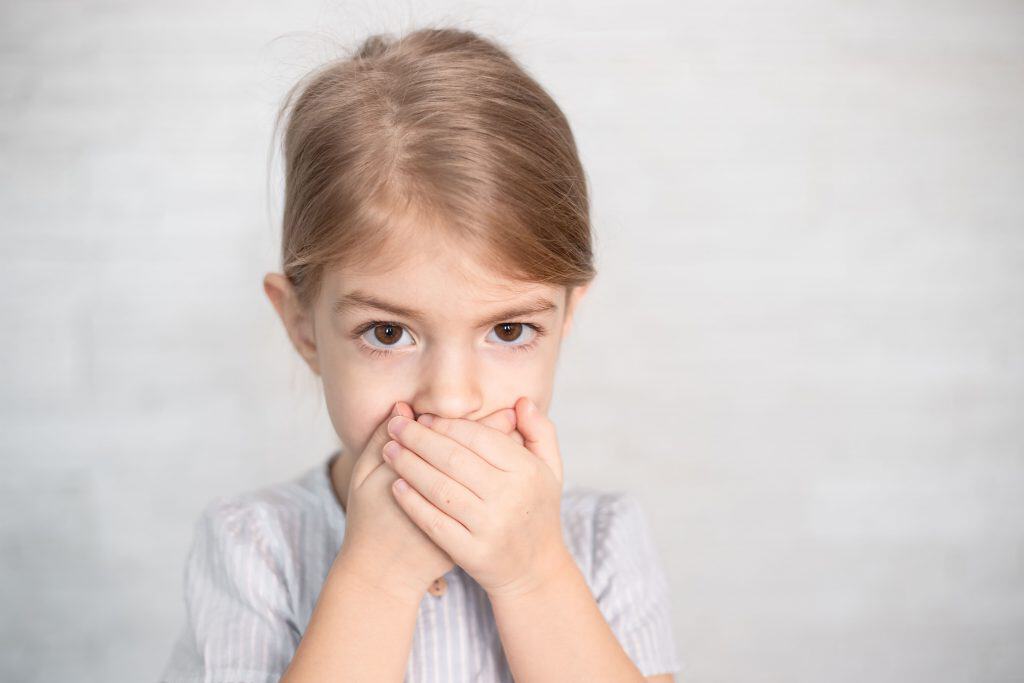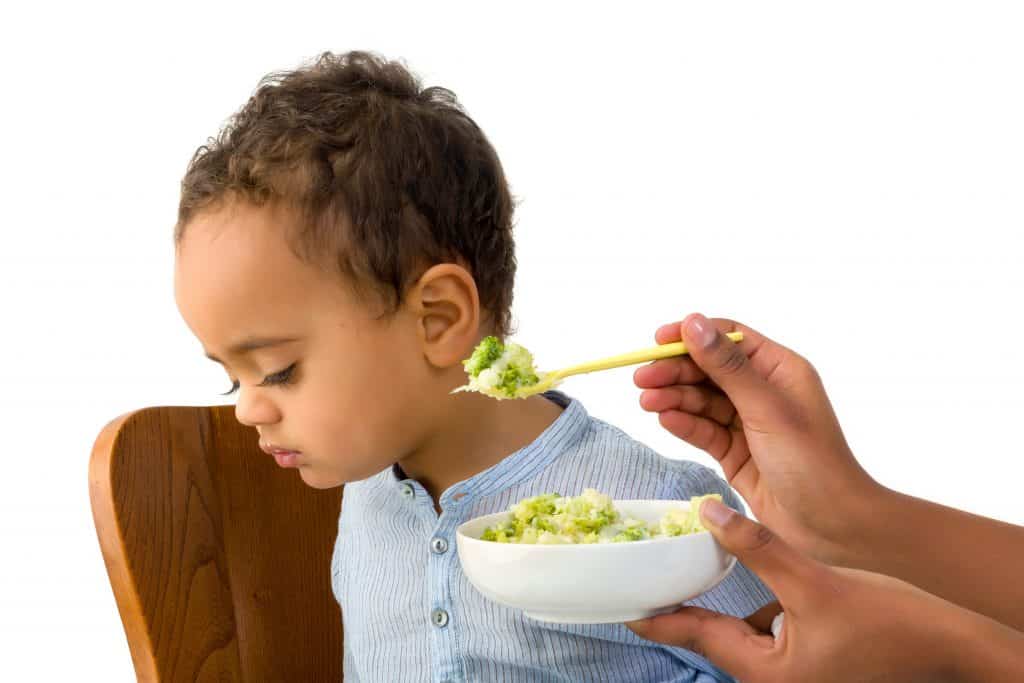To say that an aggressive child is an angry child is an outdated idea from the last century!
Behind aggressiveness is not necessarily anger.
When a child hits, screams, yells or bites, many parents interpret this behavior as a sign of chronic anger or an uncontrollable need to vent their emotions.
An apparently angry child is not necessarily going to grow up to be an aggressive adult, or a top sportsman.
Indeed, many parents believe that this excessive energy will turn into a profession that requires the use of physical rather than mental skills.
In fact, aggression and anger do not go hand in hand in children.
Obsolete interpretations are of no use to us, as they are neither proven nor effective.

Many angry people don’t hit walls. The causes of such behavior may be different.
In fact, aggression in children can be caused by the functioning of the brain’s impulsivity centers, or by aggressive behavior that activates the brain’s reward centers, such as drugs, food and sex in adults.
Aggression can also have a hereditary origin, and beatings and violent scenes in the media can further aggravate it.
Parents who don’t praise their children enough for good behavior, and only point out mistakes, are also the cause of such aggression.
It’s completely ridiculous to think that if you compliment or praise your child, he or she will become weak or vulnerable.
In fact, problematic children can be softened by compliments.
If you want your child to stop hitting the wall, you probably won’t stop him with a punishment.
You’ll have more success if you praise him when he doesn’t hit the wall and shows his displeasure otherwise.

With the most aggressive children, the “lever” technique has proved effective.
The parent plays out a scenario with a child that usually leads to a tantrum.
The child is guided through the situation, instructed on how to react appropriately.
When he succeeds, he is rewarded.
Slowly, the desired reaction becomes a habit.
Thus, through exercise and repetition, the child modifies his or her behavior.
The key to behavior change is not to expect your child to “get it”.

It’s crazy, I know!
Children need to practice new behaviors through repetition.
You can’t teach someone to play chess by moving the pawns for them.
What’s more, after practicing the behavior, a child’s brain scan shows real changes.
Of course, there are no universal solutions applicable to all aggressive children.
Some children display severe aggression that needs to be stopped by more aggressive interventions.
A warning sign is when parents receive complaints from others, most often from the school.
Whenever a child’s behavior makes it difficult to function on a daily basis, the problem needs to be solved.
If the child’s behavior is really worrying, the first step is to take him or her to the pediatrician.
Medical professionals aren’t infallible, but they don’t usually have outdated beliefs about treating violent behavior, so they’ll know how to help.
What causes aggression in children?

Of course, there are reasons why a child is aggressive.
But there are also solutions!
Here’s everything you need to know…
Everyone has aggressive feelings.

As adults, we learn to control these feelings.
However, children are often physically aggressive – hitting, biting and scratching others.
Such behavior is quite common around a child’s first birthday.
Parents often wonder how to deal with their child’s aggressive or destructive behavior.
Biting by a one-year-old can be considered a normal development.
However, the increasing frequency and intensity of biting may indicate that the child has an emotional or behavioral problem and is not sufficiently developing the skills to control aggressive behavior.
The same applies to the manifestation of frequent physical aggression, which requires professional assessment and intervention.
Frequent fighting and biting when a child is in kindergarten or pre-school can be a serious problem.
At this time, children have much more contact with others and are expected to be able to establish friendships and get along with other children.
Biting is the most common reason why children are expelled from kindergarten.
1. Biting

Many children start biting aggressively between the ages of 1 and 3.
Biting can be a way for children to show their strength or to attract the attention of others.
Let children learn to bite like a game they used to play with their parents, but without the injuries that come with increasing a child’s strength.
Some children bite because they are unhappy, worried or jealous.
Sometimes, biting can be the result of excessive or strict discipline or exposure to physical violence.
Parents need to remember that a child who has been bitten may bite again.
What to do when a child behaves like this?

- Say “no” right away, in a calm but determined and disapproving tone.
- Hold a toddler (1-2 years) firmly.
- Say to a younger child (2-3 years): “Don’t bite. It’s not right. It hurts. That’s how you hurt people.”
- DO NOT bite a child to show how the bitten child feels. This teaches the child aggressive behavior.
- If the bite persists, try negative reinforcement or a break.
For example, don’t hold, talk to or play with the child after the bite for as many minutes as the child is years old.
Use this method when you’re sure the other person won’t be in danger.
If these techniques or interventions are not effective, the parent should talk to a child psychiatrist.
2. Hitting and scratching

Toddlers and preschoolers often fight over toys.
Sometimes, children are inadvertently rewarded for their aggressive behavior.
For example, one child may push another and steal his or her toy.
If the child cries and leaves, the aggressive child will feel good because the toy belongs to him.
It’s important to identify whether this pattern has developed in an aggressive child.
In addition, a child can learn from an award-winning “model” by observing, for example, another child or adult who, with the help of aggression, “successfully” achieves the desired thing.
What to do when a child behaves like this?

There are more effects to getting involved before a child starts hitting.
For example, intervene as soon as you see that the child is very upset.
- When a child is fighting a lot, supervise him or her more often.
- If one child hits another, separate them immediately. Then try to comfort and care for the other child who has been hit, and don’t react first with the one who is hitting, because in doing so you are supporting and ignoring the victim.
- To a toddler (1-2 years), say “Don’t hit. Hitting hurts”.
- To a younger child (2-3 years), say “I know you’re angry, but don’t hit. Hitting hurts”. This is how your child begins to learn empathy.
- DO NOT hit a child if he or she hits another child. This teaches the child aggressive behavior.
- Parents should not ignore or emphasize sibling fighting.
- It is necessary to introduce rules of conduct that lead to the abolition of privileges for such behavior.
When hitting and fighting are frequent and the child presents other behavioral problems, such as uneasiness, anxiety, fear, it’s worth checking whether he or she has witnessed violence or been a victim of violence at kindergarten, school or home.

